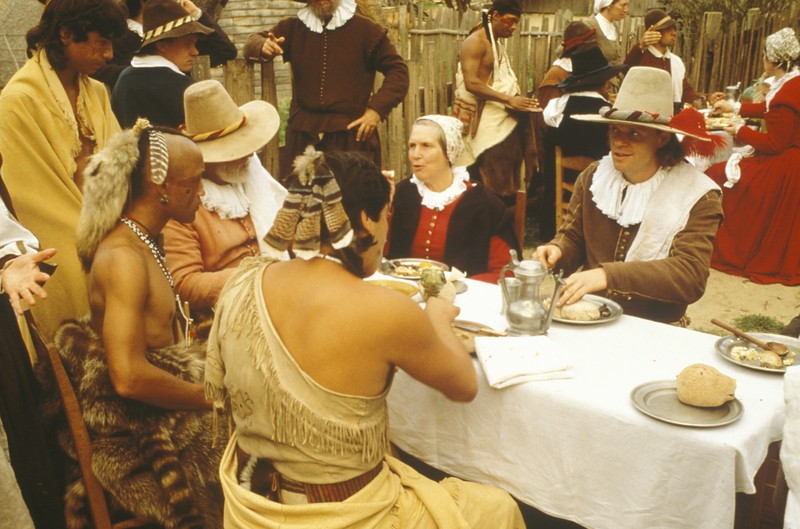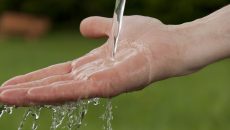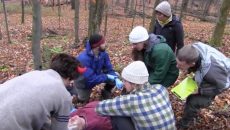If you think you know the story of the first Thanksgiving, you'll be surprised that there's so much more to the story. Pilgrims would not have been able to successfully thrive in America without the help of the Native Americans. Find out what kinds of struggles they faced. The first Thanksgiving was a true survival experience.
After arriving in Massachusetts Bay in November 1620 following a harrowing 66-day Atlantic crossing, the 105 Pilgrims (as they are known today) spent the first winter aboard their ship the Mayflower. It’s likely we wouldn’t be celebrating Thanksgiving today at all if not for a saintly Native American named Tisquantum, also called Squanto, a member of the Pawtuxet tribe who spoke English and taught the colonists how to plant native crops (like corn), tap the maple trees for sap, and fish in the Bay.
The Wampanoag grew corn, squash, and beans—crops known as the “Three Sisters”.
Saintly is the only way to describe Squanto. He learned English after being kidnapped with other members of his tribe by an English sea captain named Thomas Hunt in 1614 and sold into slavery in Spain before he was able to make his way to England. From there, Squanto was able to secure passage back home to Massachusetts in 1619 only to find that his tribe had been decimated by smallpox, tuberculosis, or possibly some other disease contracted through their contact with Europeans (there seems to be some dispute on exactly what killed them).Squanto apparently didn’t hold a grudge since he helped forge an alliance between the Pilgrims and a local tribe, the Wampanoag, another way in which he helped prop up the shaky colony. These skilled Native American farmers knew how to get the most out of the poor coastal soil and taught the Pilgrims to do the same.
The Wampanoag grew corn, squash, and beans—crops known as the “Three Sisters” that make a potent growing team, especially in poor, sandy soil that doesn’t retain nutrients or water.
The Wampanoag also used wood ash and fish as plant fertilizers.Using fish as a fertilizer was a common practice by many of the Native peoples of the East Coast and provided nutrients and amino acids to help in plant growth, according to tradition.
In November 1621, the Pilgrims and the Wampanoag celebrated the colonists’ first successful corn harvest.
WOW! It seems like the pilgrims had to thank Squanto, the Native American who was able to translate for the Pilgrims when they landed in Massachusetts. It's amazing how much the pilgrims didn't know about growing crops and hunting for food in their new home. The Native Americans were really helpful!
For more on this story, check out Modern Farmer.




It’s more of a powerful argument how free markets are superior to socialism.
Networking,means the difference between going to sleep with a full belly,and,,,,,
You ignore the truth and do what your version of the truth frees you up to do.
The pilgrims first thanksgiving 1621, but the English in Virginia celebrated Thanksgiving for the first time on 1619, but they both gave thank to God for there safe arrival in the new world.
my bad !
No, what happened is that the pilgrims initially established a socialist societal model which discouraged work because incentives for profit did not exist. When this system collapsed, they changed to a system of private property and unfettered capitalism, which is what saved them.
AND look at the THANKS the white man gave them! SAD
and then they killed them
Are you serious…